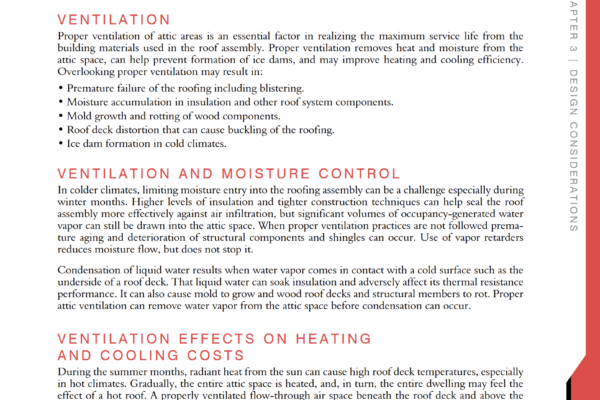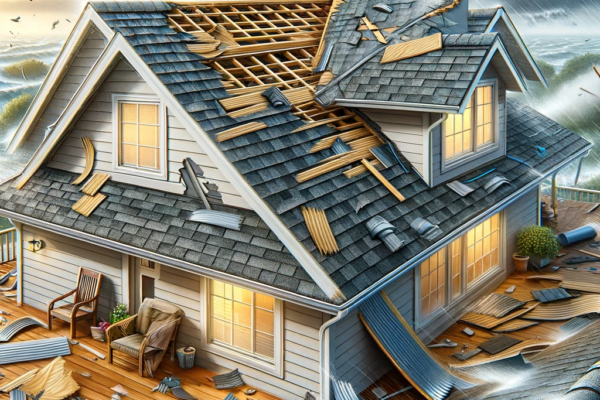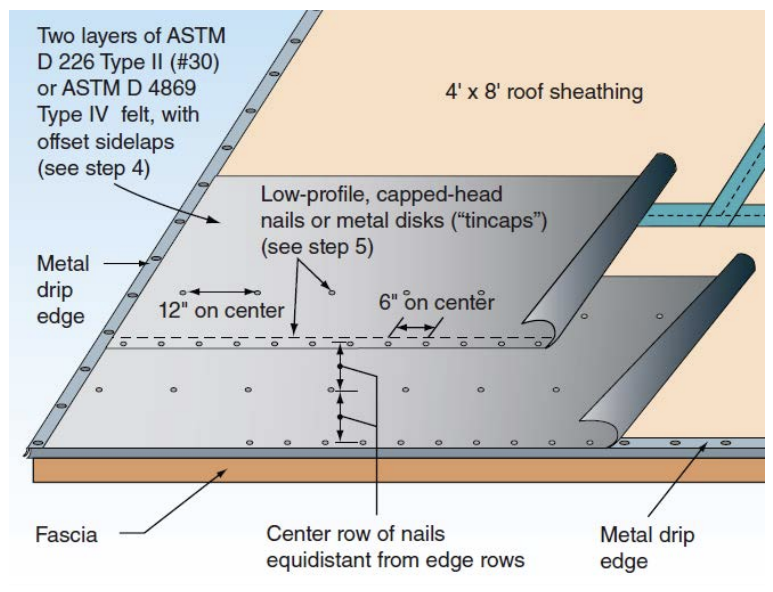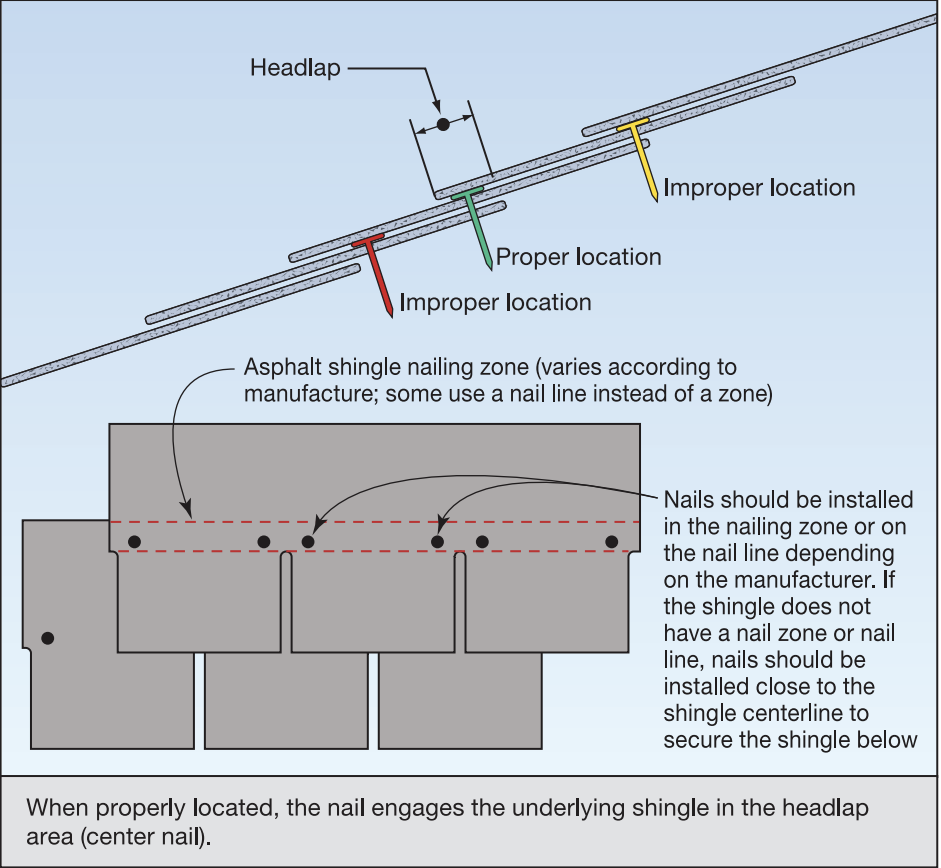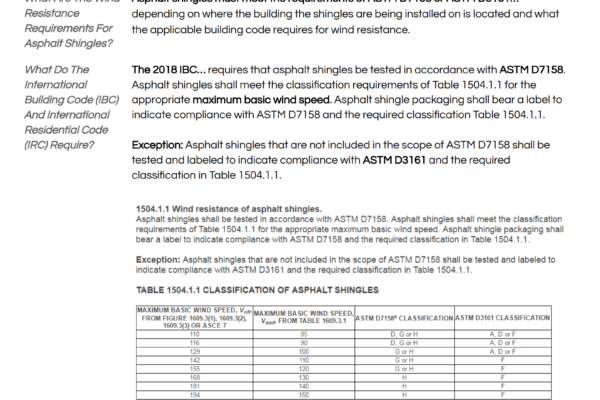
Understanding Wind Resistance in Asphalt Shingles: Enhancing Roof Durability in Illinois
How Asphalt Shingles Meet Wind Resistance Standards for Safer, Longer-lasting Roofing In regions like Illinois, where weather can shift from serene to stormy, ensuring the durability and safety of roofing materials is crucial. Asphalt shingles are a popular choice due to their cost-effectiveness and protective capabilities. This post explores how these shingles stand up to…
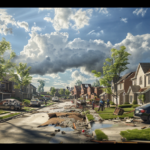
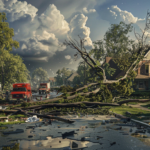


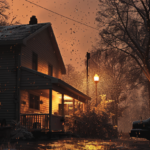
![How Much Does a New Roof Cost in Illinois? [2024 Pricing Guide]](https://www.news.alliedemergencyservices.com/wp-content/uploads/2024/05/DALL·E-2024-05-07-15.14.25-A-professional-roofing-contractor-inspecting-a-roof-in-the-foreground-of-a-picturesque-suburban-neighborhood-in-Illinois.-The-contractor-is-wearing-a--150x150.webp)
